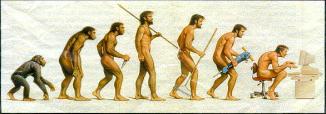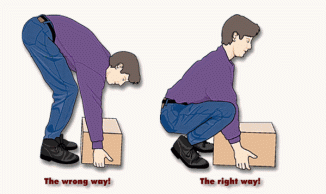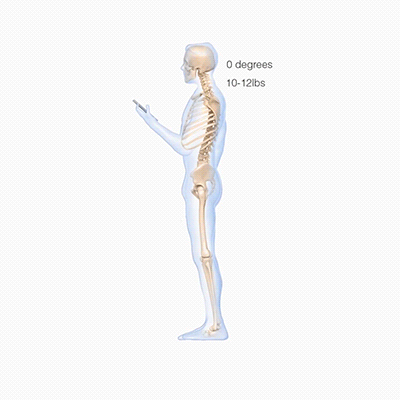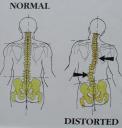You ever rung your bell or hit your head hard. Well you may have a concussion or MTBI, mild traumatic brain injury. It is an awakening experience for some or a unconcious experience for others. Last time it happened to me I fell on a bike and woke up in the ER 2 hours later. Headaches, Foggy mental state, inability to focus, and fatigue. Thank god for helmets, it could have been worse. The impact of your skull hitting something creates a wall for your brain to slam into since your brain has no brakes.

You ever stop fast in your car and all the stuff on your front seat goes into the dash and onto the floor? Crash, it’s like that. This causes a bruise on your brain that creates a lot of the problems like headache, mental haze, etc. This also creates jamming of the joints in the skull called cranial sutures as well as jamming of the joints in the neck. Grading systems were used to determine how bad it is based upon symptoms, amount of time person is unconsciousness, or length of amnesia, but not anymore. There is disagreement as to which symptoms are associated with which grade since concussions are a unique experience for each person and the severity and type of symptoms can vary, probably depending on where the contact injury occurs in the brain and on the skull.
So, what do you do once you get a concussion. Get back in there! No thanks coach, I would rather be functional in society in my future. Hopefully, there is a trained individual that understands the signs and symptoms of a serious problem. If you see someone get a good bang on the head, you need to watch their movement and coordination. Are they staggering, are they maintaining their balance. If not get medical attention. Another assessment tool is the brain injury/mental status questions: Do you know where you are? Do you know who the president is. Do you know your name? etc. If the injured person doesn’t know the answers get medical attention quickly. In my case I got back on my bike after my crash and continued to ride down the road with my group of friends until all of my friends turned to go back to the car and I went straight. When one of my friends caught up with me he asked me those questions and I didn’t know any of the answers, not even where I was or what my name was, but I was able to ride my bike down a busy road and stay to the side, SCARY. Not sure where I would have ended up if I wasn’t stopped by my friend. The point being I was totally functional physically, but not mentally until 2 hours later.
The problem with concussions is they are progressive and the more concussions you get the easier you can get knocked out and the more serious symptoms you can have. So, if you get a good hit on the head take it easy if you are aware and if you are not aware hopefully someone will be near who understands what just happened to you and will help you by assessing you properly and get medical attention. Chiropractic adjustment helped me a lot and made the pain resolve faster. Time is what was needed most. It’s a tissue injury and it takes time to heal or get better. Good Luck! and keep the rubber on the road.









